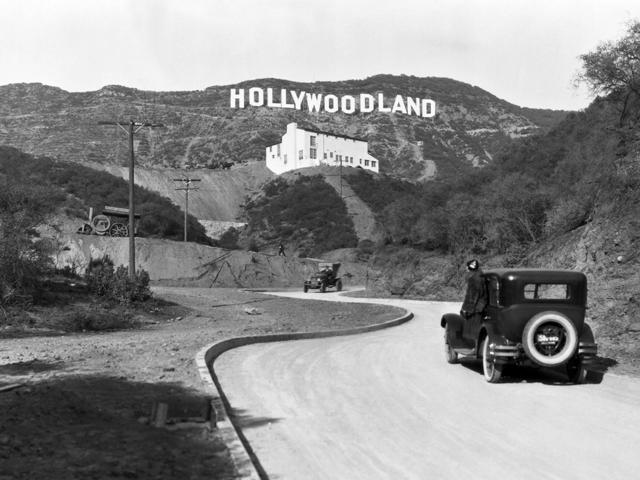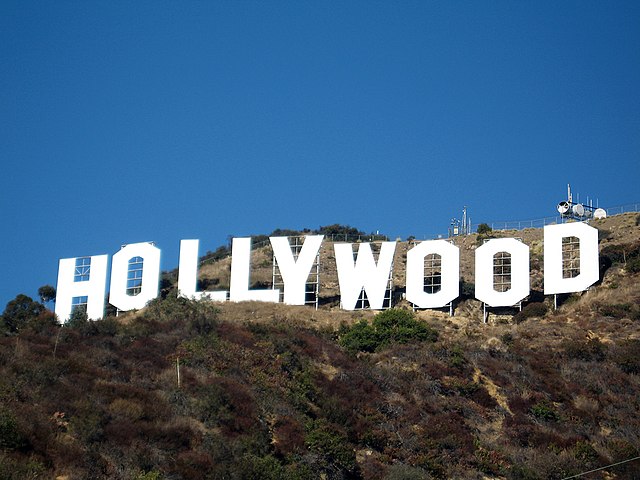Unveiling the Cinematic Journey Through Decades
Hollywood, the iconic symbol of the global film industry, has undergone a remarkable evolution since its inception. From the silent era that spoke volumes through visuals to the present-day dominance of blockbuster franchises, the journey of Hollywood is a captivating narrative that reflects the societal changes, technological advancements, and creative innovations of each era. In this exploration, we delve into the intricate tapestry of Hollywood’s evolution, tracing the footsteps of silent films to the grand spectacles of modern blockbuster franchises.
The Silent Symphony
The birth of Hollywood can be traced back to the late 19th century, but it wasn’t until the early 20th century that it truly began to flourish. Silent films emerged as the earliest form of cinematic expression, relying solely on visuals, music, and intertitles to convey stories. Pioneering directors like Charlie Chaplin and D.W. Griffith laid the foundation for the industry, establishing the narrative techniques that would later evolve.
The Golden Age and Technological Leap
The Golden Age of Hollywood, spanning from the 1920s to the 1960s, saw a surge in creativity and a refinement of cinematic techniques. With the advent of sound in the late 1920s, films transitioned from silence to symphony. This technological leap opened new possibilities for storytelling, allowing for dialogue, music, and sound effects to enrich the cinematic experience.
The 1950s introduced widescreen formats and color technology, transforming the visual aesthetics of films. Hollywood embraced these advancements, giving rise to iconic classics like “Gone with the Wind” and “Casablanca.” The industry’s global influence solidified during this era, marking Hollywood as the epitome of cinematic excellence.
New Hollywood and the Rise of Blockbusters
The late 1960s and 1970s witnessed the emergence of New Hollywood, characterized by a departure from traditional studio systems. Filmmakers like Francis Ford Coppola and Martin Scorsese brought a new wave of storytelling, challenging conventions and exploring complex narratives. This era set the stage for the blockbuster phenomenon that would dominate later decades.

Blockbusters: The Spectacle Era
The 1980s heralded the era of the blockbuster, marked by high-budget, visually stunning films designed for mass appeal. Directors like Steven Spielberg and George Lucas played pivotal roles in shaping this cinematic landscape with iconic franchises such as “Star Wars” and “Indiana Jones.” Special effects and marketing campaigns became as crucial as storytelling, contributing to the global success of these mega-productions.
Hollywood in the Digital Age
As we transitioned into the digital age, Hollywood faced both challenges and opportunities. The rise of the internet and digital distribution platforms revolutionized the way films were produced and consumed. Streaming services like Netflix and Amazon Prime reshaped the industry, offering new avenues for storytelling and distribution.
Conclusion: A Continuing Saga
The evolution of Hollywood is an ongoing saga, a reflection of the dynamic interplay between art, technology, and society. From the silence of its infancy to the blockbuster spectacles of today, Hollywood’s journey mirrors our collective aspirations, fears, and dreams.
In this grand narrative, Hollywood has not only adapted to change but has also been a driving force in shaping cultural landscapes worldwide. As we anticipate what the future holds for the film industry, one thing is certain: Hollywood will continue to captivate audiences, transcending boundaries and evolving with the times. To learn more about the evolution of Hollywood, there are a ton of interesting articles at mike00781.


